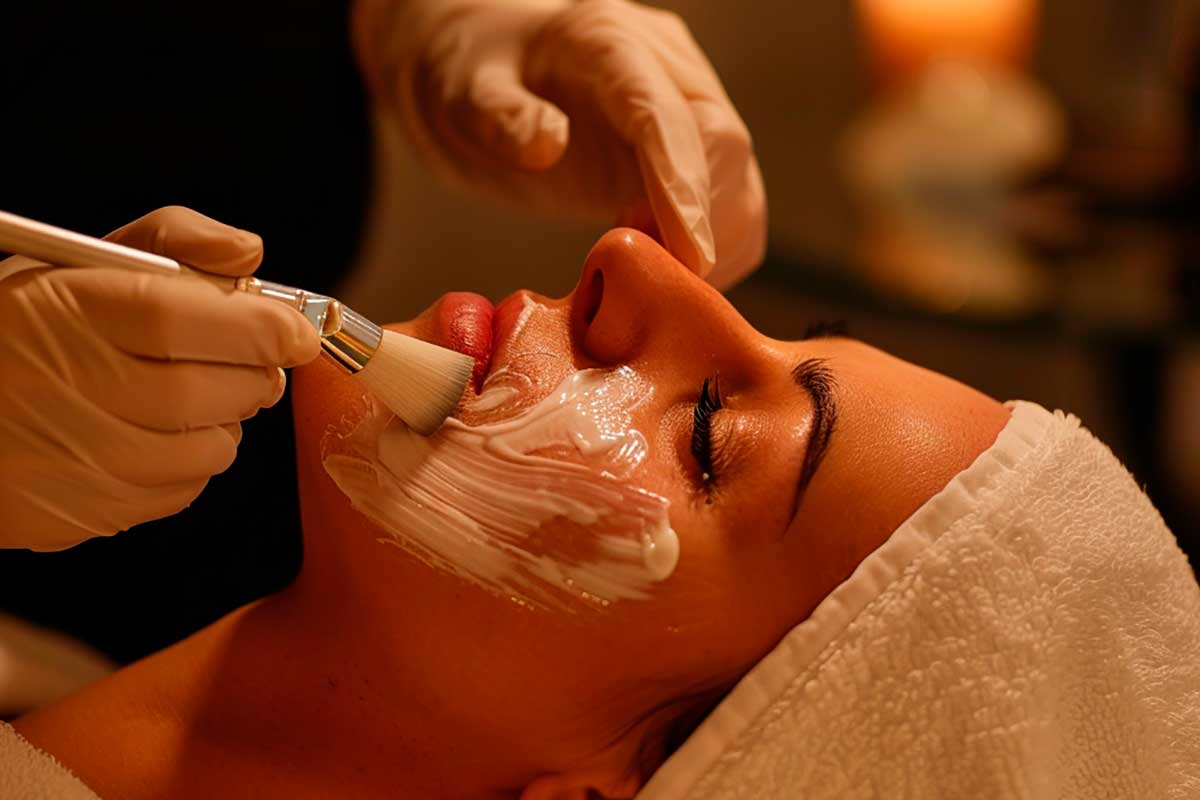Aesthetic Treatments for Acne: Options and Results
Acne can be a challenging skin condition to manage, but modern aesthetic treatments offer various options to help improve skin appearance and reduce acne outbreaks. From laser therapy to chemical peels and deep cleansing, these treatments can provide significant results. This guide explores different aesthetic treatments for acne, their benefits, and what you can expect from each option.
Understanding Aesthetic Treatments for Acne
Laser Therapy for Acne
Laser therapy is a popular and effective treatment for acne. It works by targeting the bacteria that cause acne and reducing inflammation. There are different types of laser treatments, including blue light therapy and fractional lasers. Blue light therapy uses specific wavelengths to kill acne-causing bacteria, while fractional lasers target deeper layers of the skin to promote collagen production and skin regeneration.
The benefits of laser therapy include reduced acne lesions, improved skin texture, and diminished acne scars. However, multiple sessions are usually required to achieve the best results. Laser therapy is minimally invasive and has little downtime, making it an attractive option for those seeking effective acne treatment.
Chemical Peels for Acne
Chemical peels are another effective treatment for acne and acne scars. This procedure involves applying a chemical solution to the skin, which causes it to exfoliate and eventually peel off. The new, regenerated skin is usually smoother and less affected by acne. There are different types of chemical peels, such as superficial, medium, and deep peels, depending on the severity of the acne and skin type.
Superficial peels use mild acids like alpha hydroxy acids (AHAs) and beta hydroxy acids (BHAs) to gently exfoliate the skin. Medium and deep peels use stronger acids like trichloroacetic acid (TCA) to penetrate deeper layers of the skin. The results of chemical peels can include reduced acne outbreaks, improved skin tone, and reduced appearance of scars. It’s important to follow post-treatment care instructions to maximize benefits and avoid complications.
Deep Cleansing Facials for Acne
Deep cleansing facials are designed to clean out clogged pores and reduce acne breakouts. This treatment typically includes steaming, exfoliation, extraction of blackheads and whiteheads, and the application of a soothing mask. Deep cleansing facials help remove excess oil, dirt, and impurities from the skin, which can prevent future acne outbreaks.
The immediate results of deep cleansing facials include a cleaner and more refreshed complexion. Regular sessions can help maintain clear skin and reduce the frequency of acne breakouts. While this treatment is beneficial, it is essential to combine it with a good skincare routine and possibly other acne treatments for the best results.
Choosing the Right Aesthetic Treatment for Acne
When considering aesthetic treatments for acne, it’s crucial to consult with a Dermatologist or skincare professional. They can evaluate your skin type, the severity of your acne, and recommend the most appropriate treatment options. Combining different treatments, such as laser therapy and chemical peels, might be necessary to achieve the best results.
It’s also important to consider your skin's sensitivity and any potential side effects. Treatments like laser therapy and chemical peels can cause temporary redness and sensitivity, so proper aftercare is vital to avoid further irritation and ensure optimal healing.
Expected Results and Maintenance
The results of aesthetic treatments for acne can vary based on the treatment type and the individual’s skin condition. Laser therapy and chemical peels typically offer long-lasting results, especially when combined with a good skincare regimen. Deep cleansing facials can provide immediate improvements, but regular sessions are necessary to maintain clear skin.
To sustain the benefits of these treatments, follow a consistent skincare routine, including cleansing, moisturizing, and applying sunscreen daily. Avoiding factors that can exacerbate acne, such as excessive sun exposure and harsh skincare products, is also essential.
Frequently Asked Questions
1. How many sessions are needed for laser therapy to treat acne? Typically, multiple sessions are required, with a usual recommendation of 4-6 sessions spaced a few weeks apart for optimal results.
2. Are chemical peels safe for all skin types? Chemical peels can be tailored to different skin types, but it’s important to consult with a skincare professional to determine the best type and strength for your skin.
3. Can deep cleansing facials completely cure acne? While deep cleansing facials can significantly improve skin clarity and reduce acne, they are most effective when combined with other treatments and a consistent skincare routine.
4. What is the downtime for these acne treatments? Laser therapy and chemical peels may have minimal downtime, typically a few days of redness and sensitivity. Deep cleansing facials generally have no downtime.
5. Are these treatments suitable for severe acne? Severe acne may require a combination of aesthetic treatments and medical interventions. It’s best to consult with a dermatologist for a comprehensive treatment plan.
